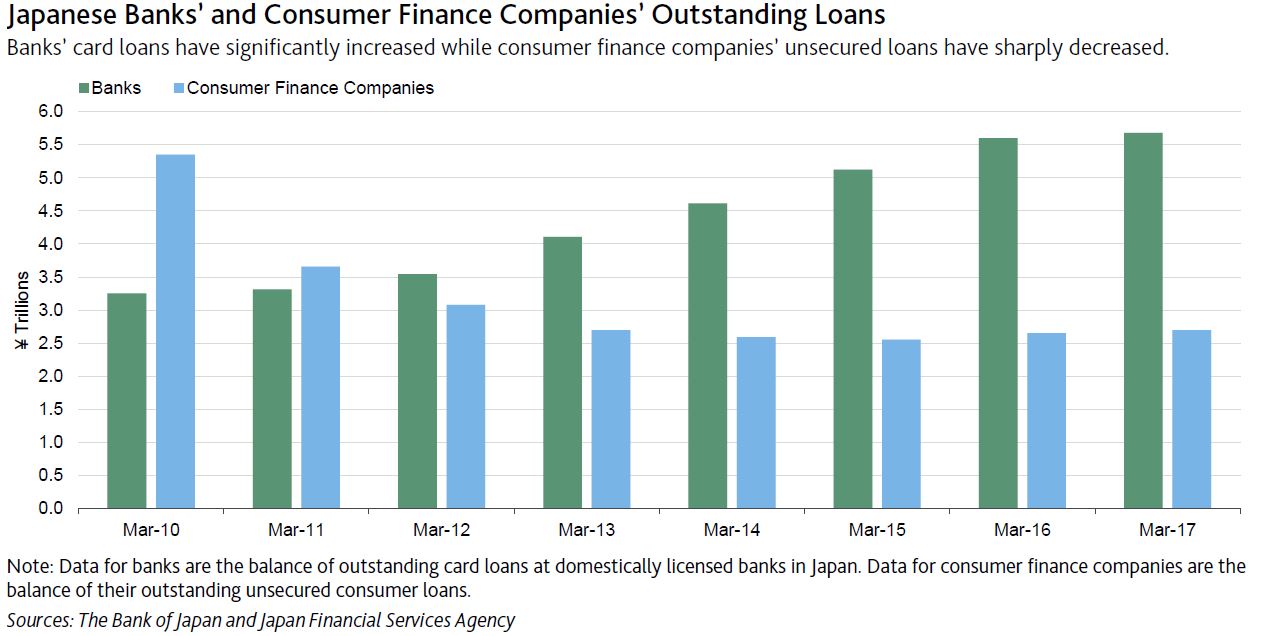When it comes to propping up the stock market in the US, the Federal Reserve does so with a certain degree of nuance, keeping at least one layer of disintermediation between itself and the market, which usually involves “advising” Citadel to intervene when it comes to acute moments of market stress, granting the HFT-heavy hedge fund a green light to stop and reverse and violent selloffs, or more traditionally, allowing companies to repurchase their own stock thanks to (until recently) record low interest rates.
This is nothing new: as Goldman has repeatedly pointed out, in 2016 corporations have been the largest source of equity demand, purchasing $450 billion of US equity through buybacks and cash M&A (net of share issuance). Outside of the Great Recession, corporates have been the primary source of US equity demand (see Exhibit 1).

Furthermore, Goldman recently predicted that that as a result of Trump’s proposed repatriation tax holiday, buybacks in 2017 will surge even more, to wit:
Buybacks ($780 billion, +30%) will rise sharply in 2017. Our economists expect tax reform legislation will pass during 2H 2017. President-elect Trump and House Republicans have expressed support for a one-time tax on previously untaxed foreign profits as part of their tax reform proposals. We forecast that S&P 500 firms will repatriate $200 billion of their total $1 trillion of cash held overseas in 2017 and spend $150 billion of the repatriated funds on share repurchases. Managements generally remain committed to buybacks, which will benefit from 2% US GDP growth and ex-Energy earnings growth of 6%.

None of that should be news to regular readers, however it is worth repeating that the primary source of demand for US equities are the stock-issuing corporations themselves, who – in a page right out of Baron Munchausen – continue to pull themselves up by their bootstraps with the blessings of the Federal Reserve’s cheap money. That may soon be changing, however, now that rates have spiked higher and announced buyback have tumbled 28% Y/Y according to FactSet.
Meanwhile, in Japan, the BOJ had taken a less “stealthy” approach, and as has been the case for years, the Japanese central bank under Kuroda has had far fewer qualms about intervening directly in the equity markets by purchasing either ETFs, REITs or single name securities.
Did we say “less stealthy?” We meant the central bank is now intervening directly in the stock market with all the finesse of a stock bull in a china store (just not Chinese china, it’s a patriotic thing), and according to a report by the Nikkei, the Bank of Japan is set to become the biggest buyer of ETFs in 2016 for the second straight year, in the process masking a srecent surge in foreign investor selling.
According to data through Thursday, the value of the BOJ’s ETF purchases this year has topped 4.3 trillion yen ($36.5 billion), up 40% from 2015. Last year, the central bank bought more than 3 trillion yen worth of ETFs. The data was released by the BOJ and compiled by the Tokyo Stock Exchange. Should it continue at this rate, in a few years, the BOJ will have nationalized the entire market: as of this moment it own approximately 2.5% of the market cap of the entire Topix according to the FT chart below.

As the FT recently noted, “the central bank’s overwhelming dominance of ETFs, combined with the structural oddities of Japan’s most famous but esoteric equity benchmark, the price-weighted Nikkei 225 Average, has given the BoJ indirect but massive positions in many of the country’s biggest corporate names.” Normally, this kind of activity would be associated with command-style, centrally-planned economies such as that of the USSR. Now, however, it is considered part of the “new normal.”
As the BOJ bought, foreign investors sold… a lot; in fact more than a net 3.5 trillion yen worth of Japanese shares through Dec. 16. These sales were “offset” by the BOJ’s intervention, traditionally through trust banks, including those commissioned by the Government Pension Investment Fund, to buy a net 3.5 or so trillion yen worth of shares.
What is scarier, however, is the BOJ’s own direct intervention: the figure for trust banks was below that for the BOJ, which “will become the largest buyer of ETFs this year,” said Masatoshi Kikuchi of Mizuho Securities.
This year, the central bank increased its buying after doubling its annual ETF goal to purchase 3 trillion yen worth of the instruments. The decision came in July as the bank stepped harder on its yen-printing pedal. The central bank’s ultimate goal is to flood the economy with so much money that prices get moving predictably upward again; the BOJ is targeting a 2% inflation rate. Instead, one day it will create a currency crisis, as faith in the Yen collapses and unleash hyperinflation. We are not there just yet, though.
The value of the bank’s ETF holdings, based on purchase prices, is 11 trillion yen. However, unrealized gains send the market value to 14 trillion yen, according to an estimate by Mitsubishi UFJ Kokusai Asset Management, Nikkei added.
And while foreigners have bought more than a net 2 trillion yen of Japanese shares since November, when Trump was elected president, the amount does not offset their selling in the first half of 2016. Furthermore, there is speculation that the Trump rally is on its last legs, and the next move will be lower. This has already been noted in the USDJPY which has fallen for 4 straight days.
The BOJ’s ETF program has propped up share prices but distorted “the formation of stock prices,” said Shingo Ide of NLI Research Institute. Alternatively, one could say that the BOJ’s ETF program has made the very definition of “market” a joke. The ETF-buying program allows, and in fact mandates, that the central bank purchase a wide range of stocks regardless of the issuing companies’ business results. This means that zombie companies which would otherwise be insolvent and bankrupt, are kept artificially alive thanks to central bank intervention, which in turn leads to deflation as in the race to the bottom, “zombie companies” around the globe are willing to undersell all their competitors in “hail Mary” hopes of survival, leading to lower interest rates and even more central bank intervention.





 As we noted yesterday,
As we noted yesterday,





